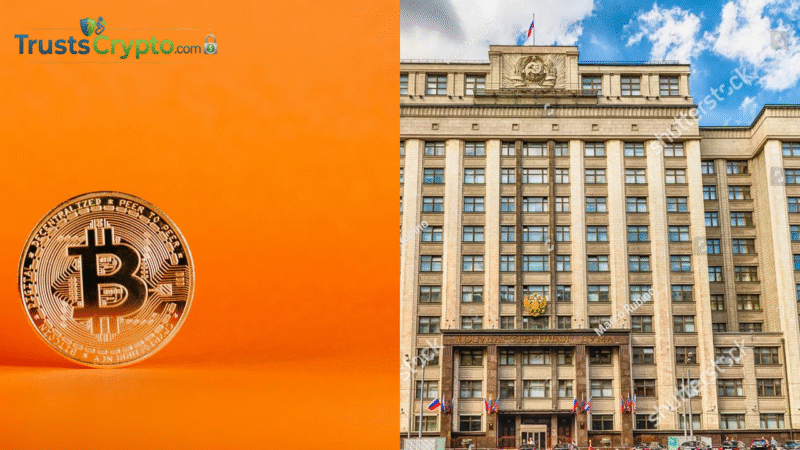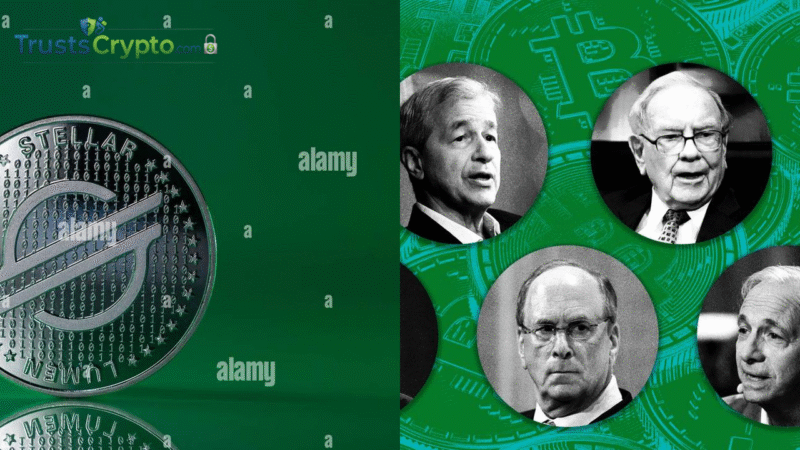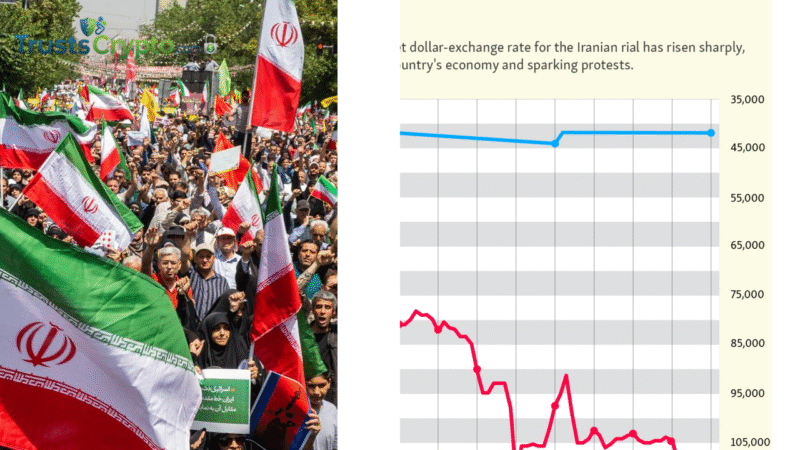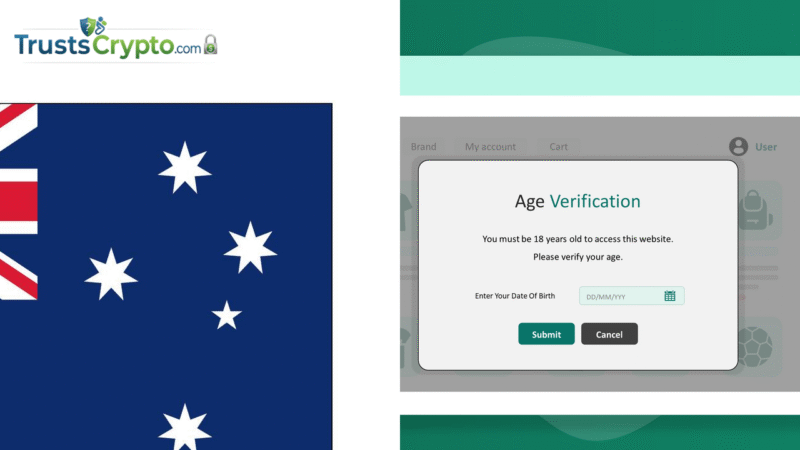Sygnum Bank Bridges Traditional Finance and the Sui Blockchain for Institutional Investors

In a significant move poised to accelerate institutional adoption of digital assets, Sygnum, the world’s first digital asset bank, has announced an expansion of its offerings to include comprehensive services for the Sui blockchain. This strategic initiative provides professional clients with regulated custody, trading, and lending solutions for SUI assets, further solidifying Sygnum’s role at the intersection of traditional finance and the burgeoning digital asset economy.
The announcement, made on Friday, reveals that Sygnum, headquartered in Zurich and Singapore, will now facilitate institutional-grade custody, spot trading, and derivatives trading for SUI assets. Looking ahead, the bank also plans to introduce staking and pawn loans secured by SUI assets, with staking expected to roll out in the coming weeks and lending anticipated to commence in the fourth quarter of this year. A crucial detail for institutional clients is that all SUI assets will be held off-balance sheet and are protected from bankruptcy, offering an enhanced layer of security and trust.
A Pioneering Partnership: Sygnum and Sui Foundation
This expansion follows closely on the heels of the successful integration of SUI into the Sygnum platform in July 2025. This earlier move established Sygnum as the first Swiss bank to provide full support for the SUI token, underscoring its commitment to pioneering regulated pathways into innovative blockchain ecosystems. The collaboration with the Sui Foundation is a testament to Sygnum’s dedication to meeting the evolving demands of a diverse client base, including banks, asset managers, and high-net-worth individuals who are increasingly seeking secure and compliant access to the opportunities presented by blockchain technology.
Christian Thompson, managing director of the Sui Foundation, emphasized the profound impact of this partnership, highlighting how it fortifies Sui’s global institutional connections through a trusted and regulated portal. Echoing this sentiment, Matthias Imbach, co-founder and CEO of Sygnum, articulated the bank’s core mission: to operate precisely at the “intersection” of digital assets and traditional finance. This strategic positioning allows Sygnum to empower its clients to explore new investment avenues within a meticulously regulated framework, mitigating many of the risks historically associated with the nascent digital asset space.
Understanding the Sui Blockchain: Built for Scale and Efficiency
The Sui blockchain, developed by Mysten Labs, a team of former Meta engineers, represents a new generation of Layer-1 blockchain technology designed to overcome the scalability limitations inherent in earlier blockchain designs. Its innovative architecture leverages parallel transaction processing, a technique that significantly enhances throughput and reduces latency, akin to how modern cloud services handle vast amounts of data simultaneously.
Unlike traditional blockchains that often process transactions sequentially, Sui’s object-centric data model allows independent transactions (those not involving shared objects) to be processed in parallel. This unique approach means that the network’s capacity grows with the computational power of its validators, ensuring that as demand increases, the Sui blockchain can scale horizontally to maintain high performance. This is crucial for mass adoption and for supporting applications that require near-instant finality.
The Sui blockchain is built using the Move programming language, originally developed at Facebook for the Diem project. Move is specifically designed for secure asset management and helps prevent common vulnerabilities like reentrancy attacks. This focus on security at the language level provides a robust foundation for applications built on Sui.
Key Use Cases Driving Sui’s Adoption
The inherent scalability and efficiency of the Sui blockchain make it particularly well-suited for a diverse array of applications, including:
- Decentralized Finance (DeFi): Sui’s ability to achieve sub-second finality and process a high volume of transactions makes it ideal for complex DeFi protocols, enabling faster and more secure financial services like lending, borrowing, and decentralized exchanges.
- Instant Payments: The low latency and high throughput facilitate near-instantaneous peer-to-peer payments and asset transfers, paving the way for more efficient digital payment solutions.
- Real-World Asset (RWA) Tokenization: Sui’s object-centric model and secure environment are highly conducive to the tokenization of real-world assets, from real estate to art, enabling fractional ownership and increased liquidity.
- Gaming: For the gaming industry, where high transaction speeds and dynamic asset management are critical, the Sui blockchain offers a compelling platform. It supports unique features like dynamic NFTs and in-game currencies, enhancing the play-to-earn and GameFi experiences.
- BTCfi Segment: Sui has emerged as a leader in the BTCfi segment, which allows Bitcoin holders to participate in decentralized finance without compromising the security of their underlying Bitcoin. This is achieved through various protocols and wrapped Bitcoin solutions on the Sui blockchain, unlocking new yield opportunities for BTC holders.
The Broader Impact of Institutional Digital Asset Adoption
Sygnum’s expanded support for the Sui blockchain underscores a broader trend of increasing institutional interest and investment in the digital asset space. While the cryptocurrency market has historically been characterized by volatility and regulatory uncertainty, major financial institutions are now actively exploring and integrating digital assets into their portfolios and service offerings.
This shift is driven by several factors. Firstly, the maturation of regulatory frameworks in key jurisdictions, such as Switzerland and Singapore where Sygnum operates, provides a clearer and more secure environment for institutional participation. Regulated entities like Sygnum offer the necessary compliance, security, and infrastructure that traditional financial players demand.
Secondly, client demand is a significant catalyst. High-net-worth individuals, family offices, and even some traditional asset managers are increasingly seeking exposure to digital assets, recognizing their potential for diversification, innovation, and long-term growth. Institutions are also recognizing the inherent efficiencies and new business models that blockchain technology can enable, from streamlined settlement processes to novel financial products.
However, the journey toward widespread institutional adoption is not without its challenges. These include navigating complex regulatory landscapes, managing cybersecurity risks, ensuring sufficient liquidity for large-scale transactions, and addressing the reputational risks that some still associate with digital assets. Sygnum, with its comprehensive suite of regulated banking, asset management, tokenization, and B2B solutions across multiple jurisdictions (Switzerland, Singapore, Abu Dhabi, Luxembourg, and Liechtenstein), is uniquely positioned to help institutions overcome these hurdles.
Stay informed, read the latest news right now!
By providing institutional-grade infrastructure and a secure gateway to emerging blockchain ecosystems like the Sui blockchain, Sygnum is playing a pivotal role in accelerating the convergence of traditional finance and digital assets. This move not only broadens access to promising new technologies but also fosters greater trust and stability within the evolving digital asset landscape. As more regulated entities embrace these innovations, the path towards a truly integrated and efficient global financial system, powered by blockchain technology, becomes increasingly clear.







3 thoughts on “Sygnum Bank Bridges Traditional Finance and the Sui Blockchain for Institutional Investors”